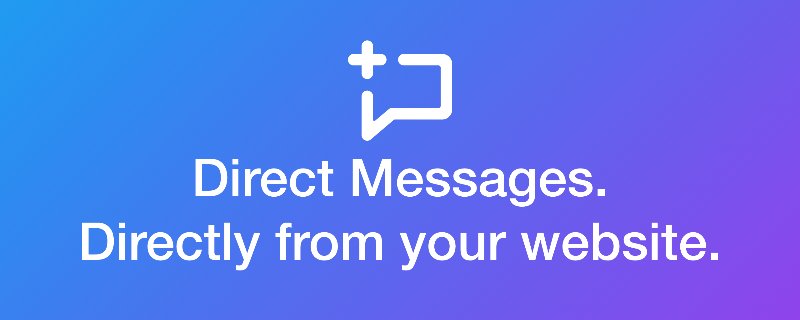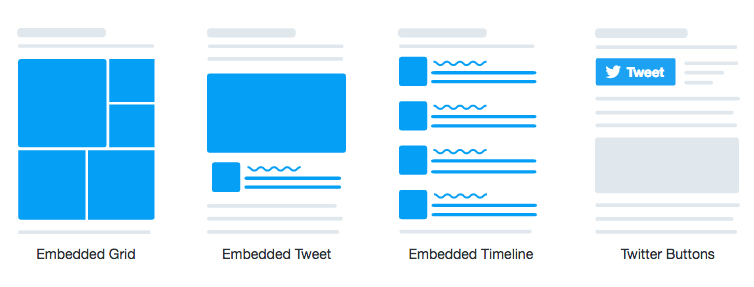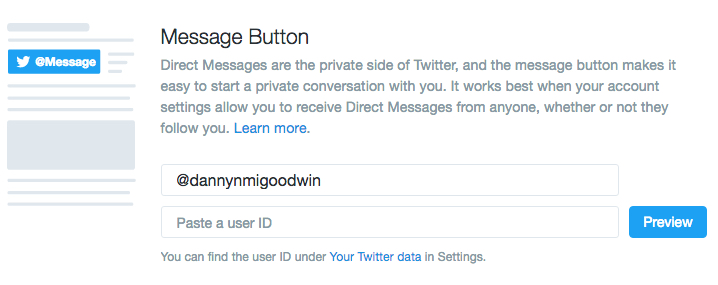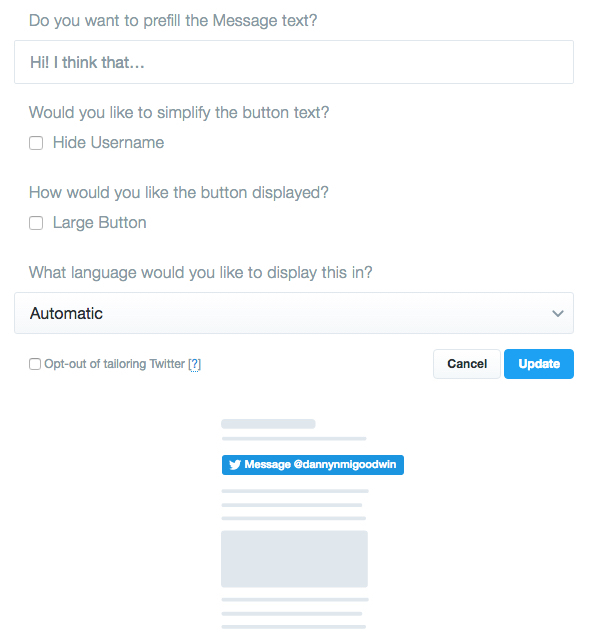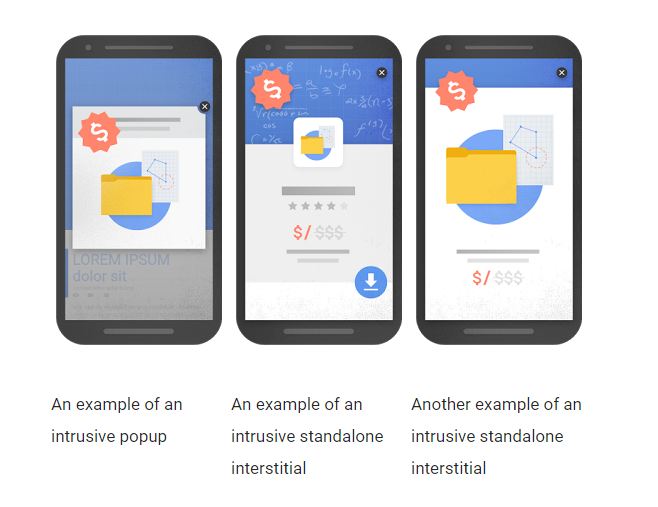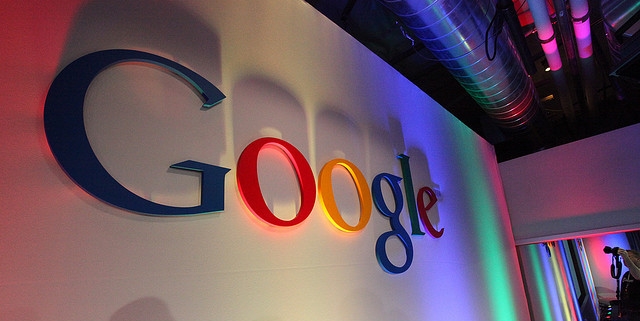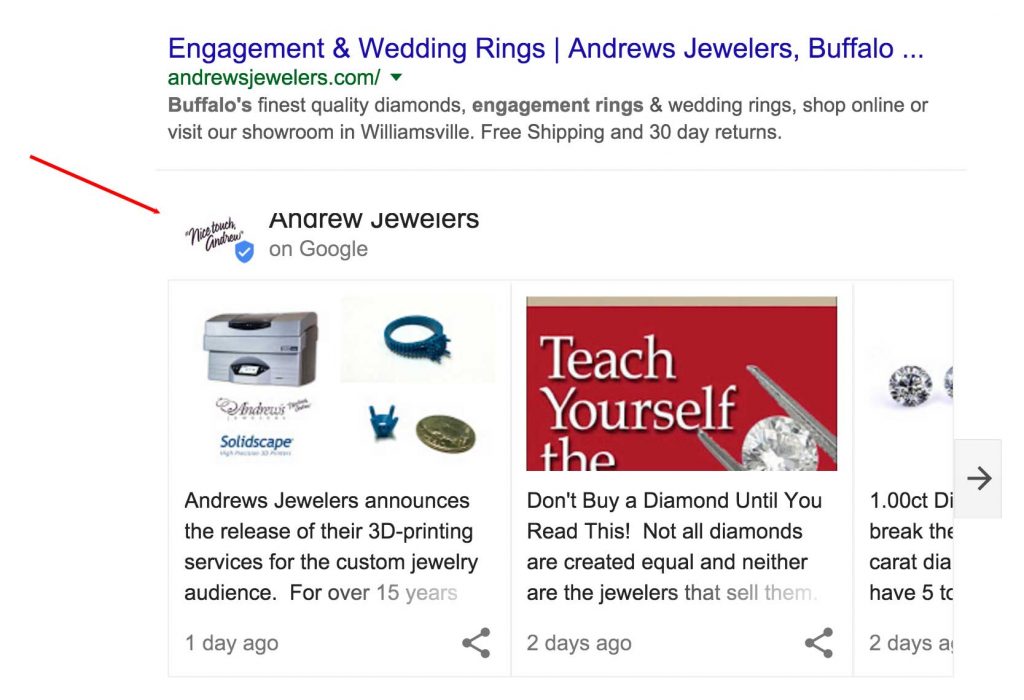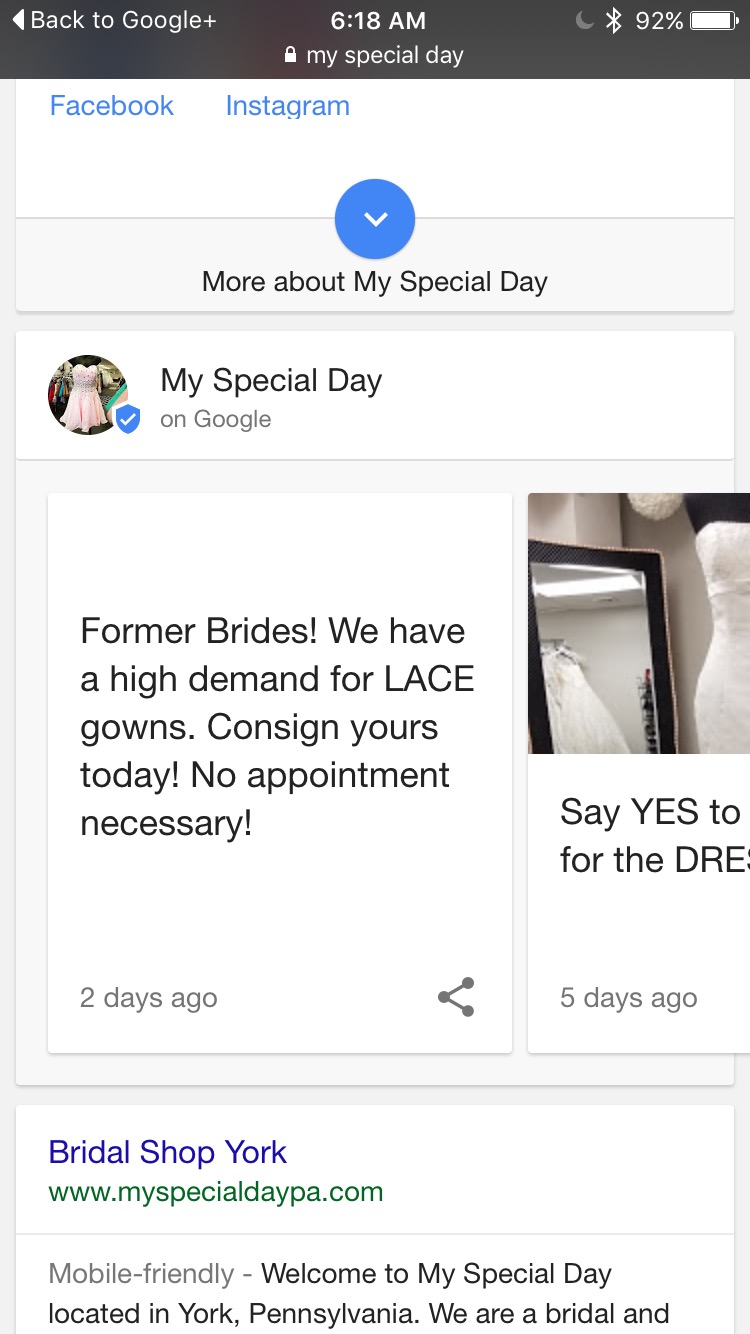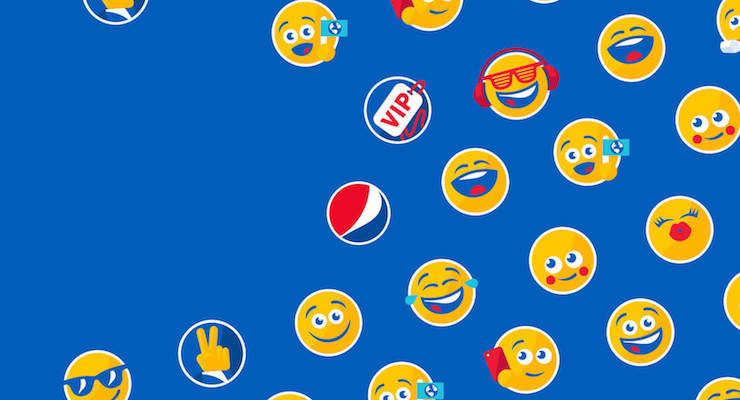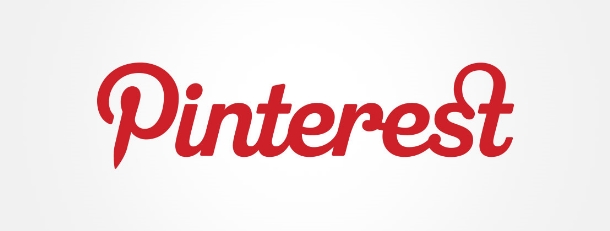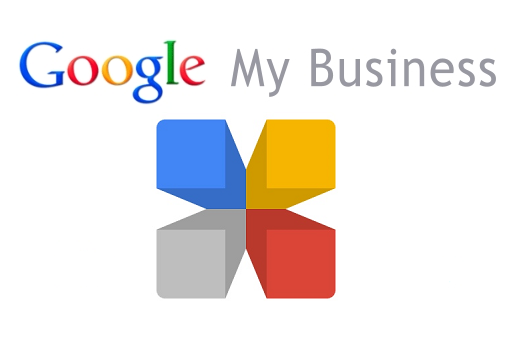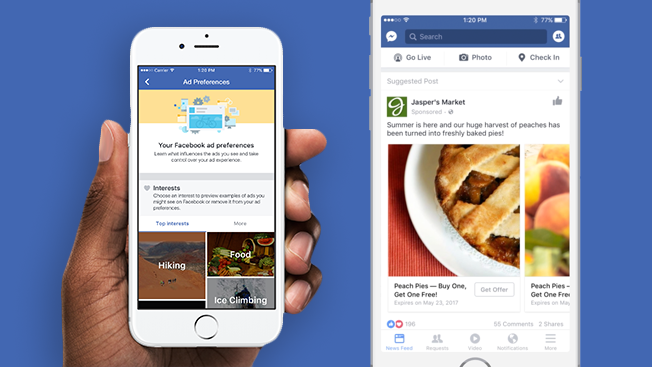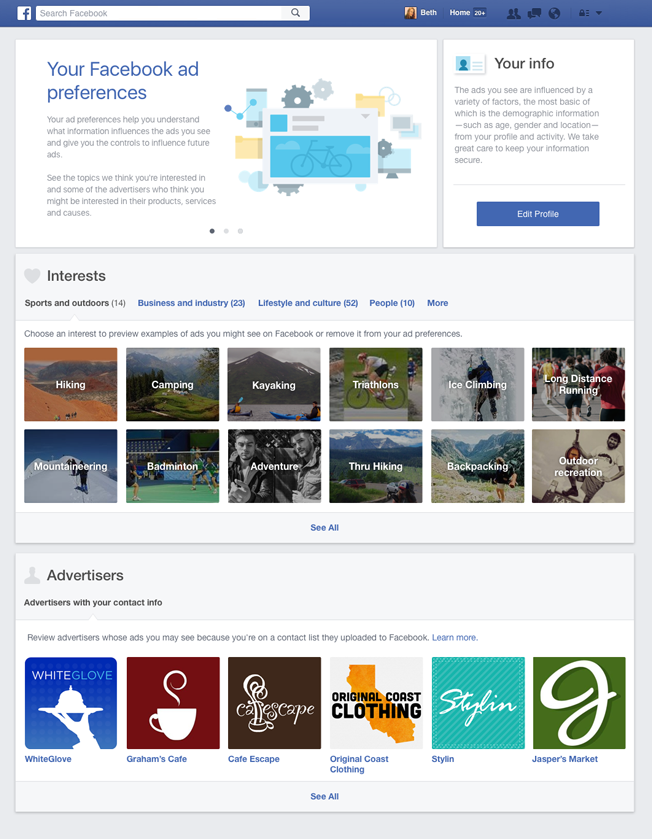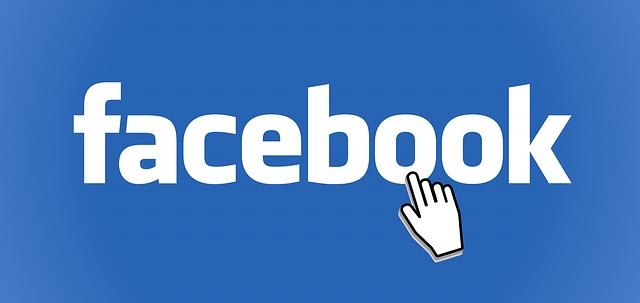
Facebook Offers have been around since 2012, allowing brands to distribute coupons to users for special promotions. However, they never really took off like many of Facebook’s advertising features.
The social network is trying to turn that around by improving Offers to make it easier for people to find, save, and redeem coupons, especially from mobile phones. The changes also make it easier for brands to control who sees and uses their coupons.
Offers have always functioned by distributing online and in-store coupons as ads or organic Page posts that link to a brand’s site. When a person clicks the ad or post, they were then emailed a copy of the coupon.
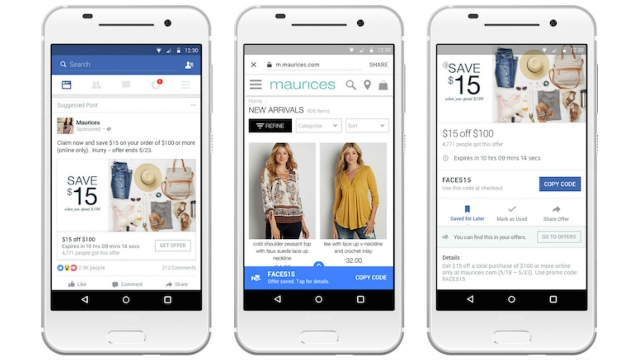

Facebook has streamlined and integrated the feature more thoroughly into their platform. While users can still click on Offers to visit the advertiser’s site and redeem their coupon via email. However, now offers will also be saved to a new Offers bookmark tab linked to their account.
This way, customers can quickly and easily access their coupons through Facebook’s mobile app and cashiers can easily scan the promotional barcode on their phone. Also, Offer codes will be shown at the bottom of the screen when users travel to an advertiser’s site to immediately redeem the code. That means they don’t have to exit the app to open their email, making the process less convoluted for users.
Not only is Facebook trying to make Offers easier to use and more attractive to users, the company is working to make sure those who show interest but don’t immediately redeem coupons don’t forget about you. When a saved offer gets close to expiring, Facebook will alert users to let them know time is running out to get savings.
On top of all of this, Facebook is making it easier for users to find Offers shared by brands with a new Offers tab on brand Pages.
Offers shared organically by brands are still available to anyone who sees it in their feed, however, Facebook is improving targeting for offer-carrying ads with more ad-targeting options. These including selecting people in your customer database to offer loyalty promotions or targeting similar individuals based on their characteristics.
According to media reported Tim Peterson, Facebook is working on expanding their Offer targeting options for brands even further, but it is unclear when those improvements can be expected. For now, Offers are getting a big shot in the arm that will make them more attractive to users and more effective for brands who use them.

